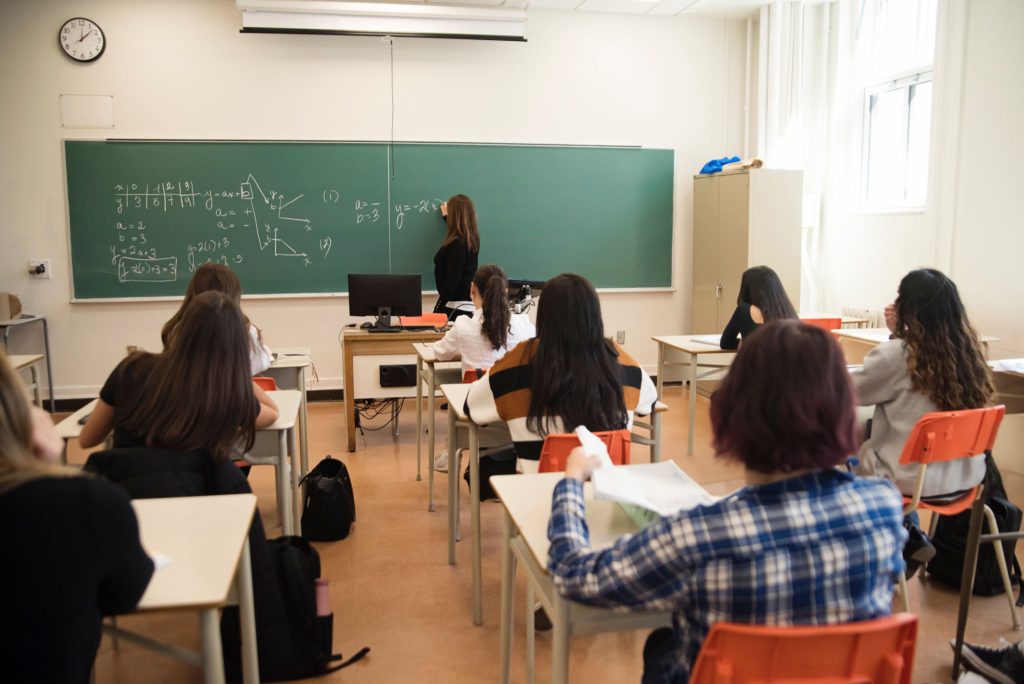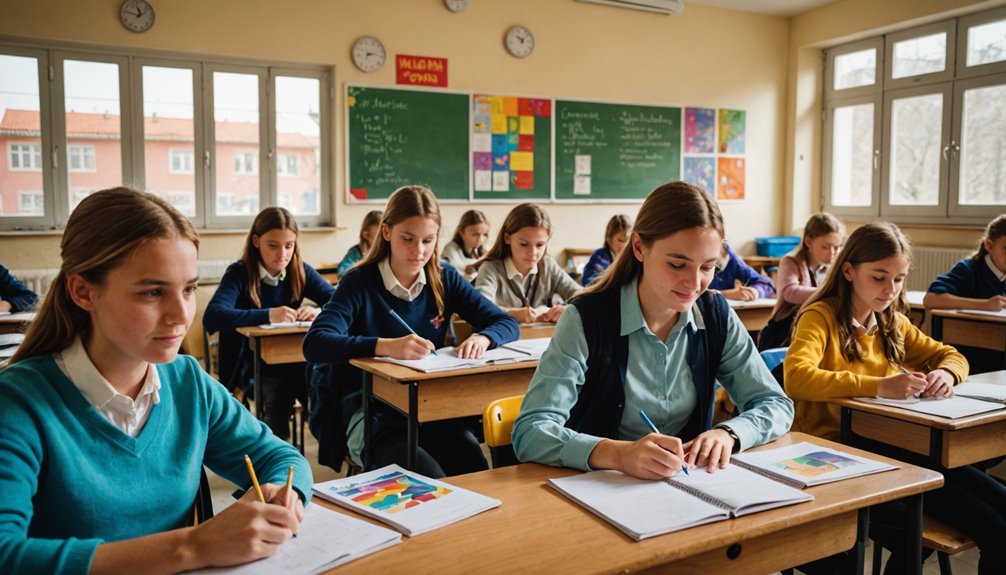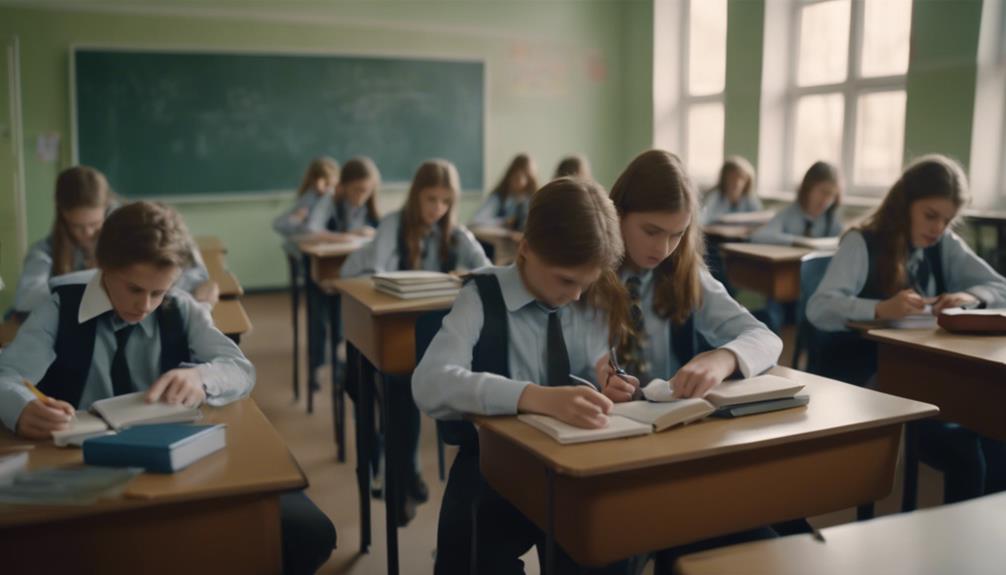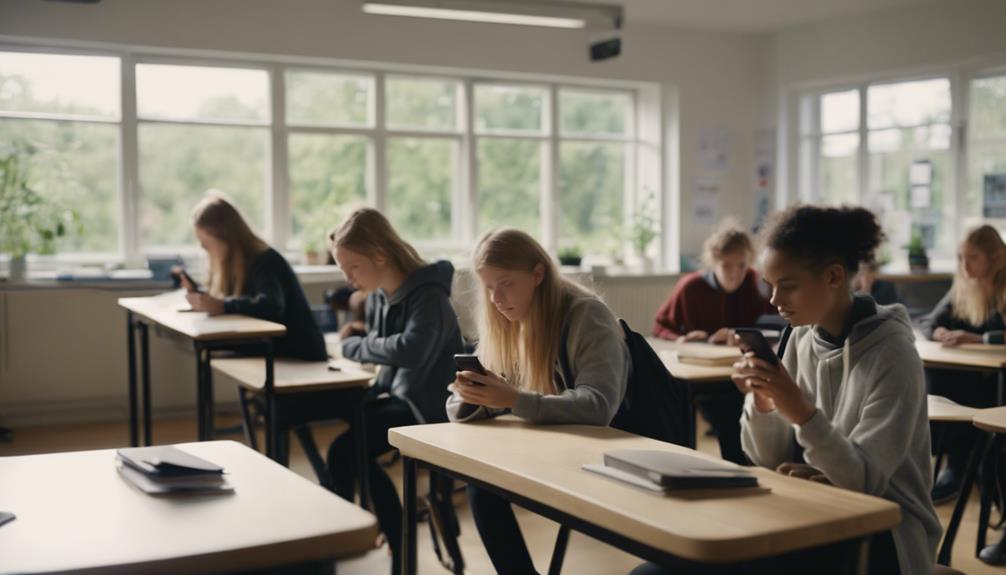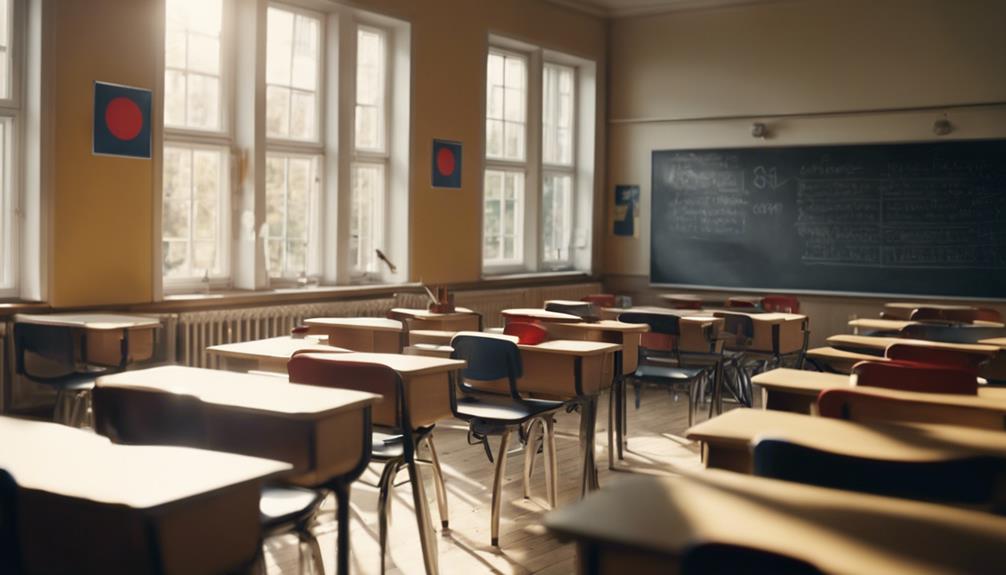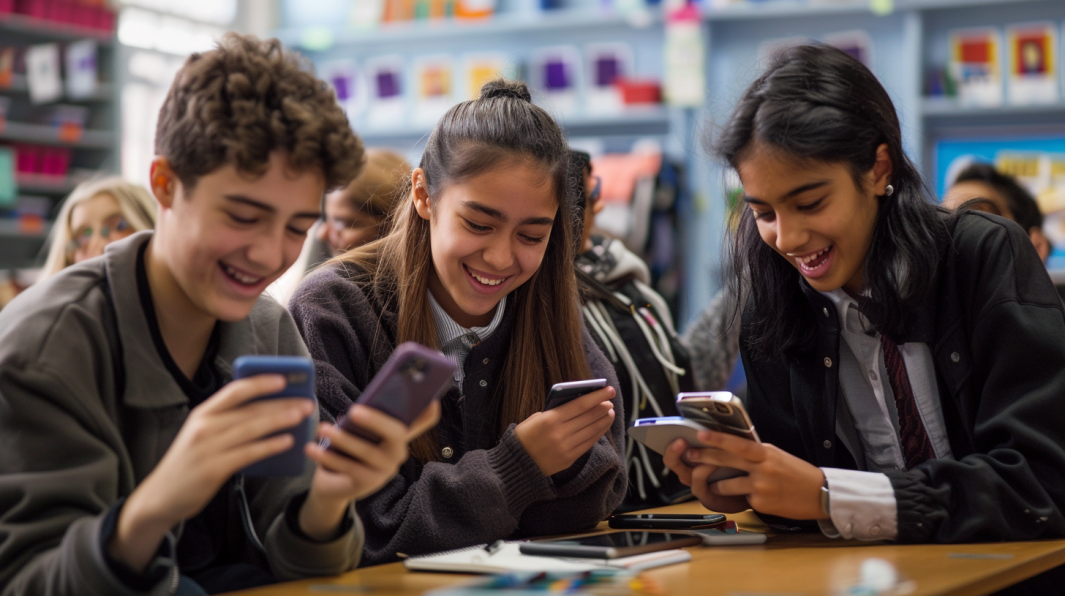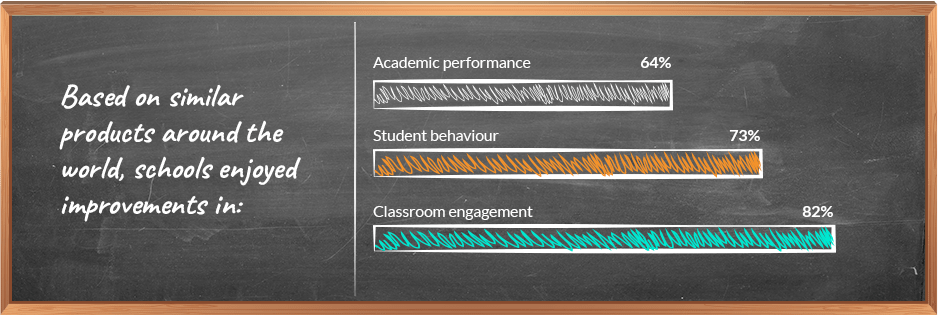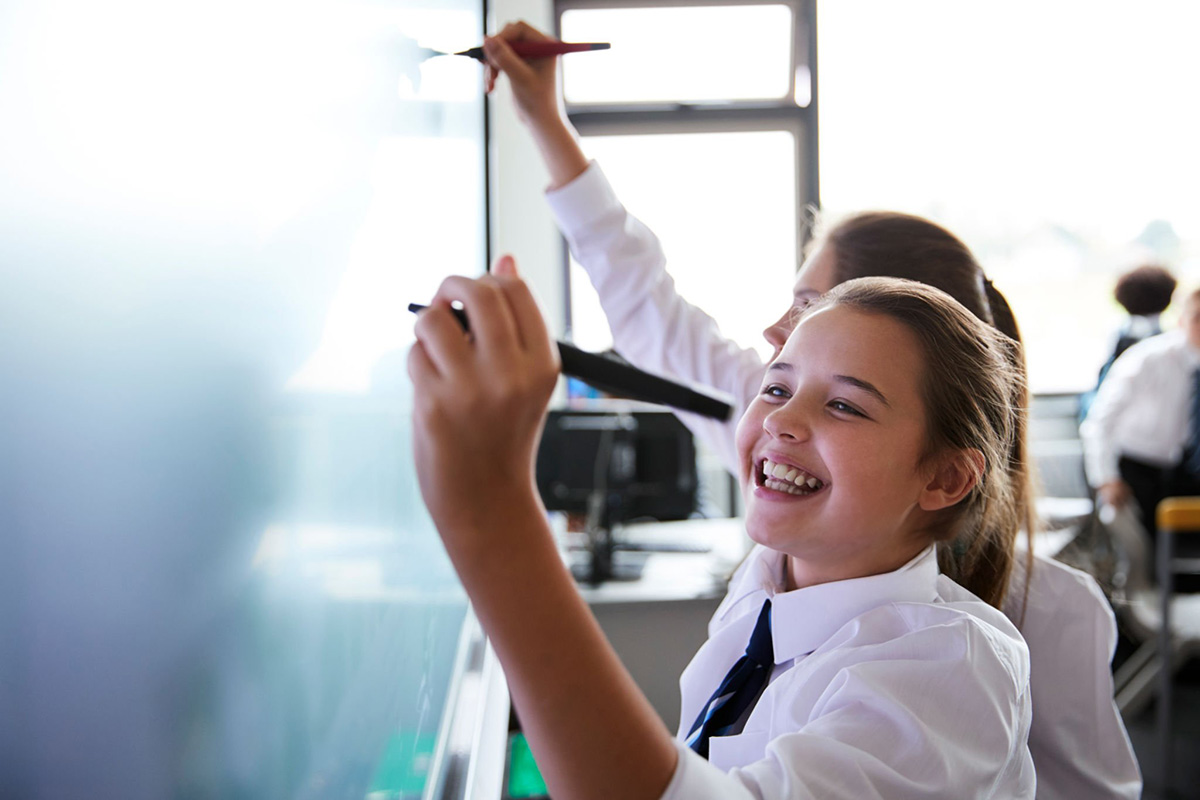Le province canadesi annunciano l'introduzione del divieto di utilizzo dei cellulari
Per l'anno scolastico 2024-2025 si sono verificati grandi cambiamenti nelle scuole di diverse province canadesi, con l'entrata in vigore del divieto di utilizzo degli smartphone.
The bans vary, but all have the same goal of cutting down on distractions in the classroom and encouraging safe use of social media. Here, we look at the details and results so far.
Where are the restrictions in place in Canada?
With 87% of Canadian teenagers using smartphones, concerns about their impact on academic performance and mental health have led to several provinces implementing stricter cellphone policies. Restrictions are currently in Ontario, Saskatchewan, Nova Scotia, Manitoba, Alberta, E British Columbia.
Canadian provinces are taking varied approaches to cellphone use in schools. Some, like Nova Scotia and Saskatchewan, ban them during class for all K-12 students. Others, such as Ontario, use a tiered system based on grade level. New Brunswick expects phones to be silenced and stored during class. Alberta and B.C. are allowing school districts to create their own policies, though provincial standards exist.
Within provinces, policies can differ significantly, with some districts focusing bans on younger students or limiting use to non-instructional time.
Were the bans supported?
A large majority of Canadians support banning cellphones in public school classrooms to reduce distractions in the learning environment. Overall, 80% of Canadians support a ban, with the highest support from Quebec at 88%. Only 5% were completely opposed to the ban.
There were concerns though, not least from teachers, due to the bans being inconsistent not only amongst provinces, but between school years.
According to the Mission City Record, one of the major concerns that emerged from that feedback was putting the onus on teachers. The outlet quoted a teacher who said that without consistent boundaries, students will continue to play teachers off each other.
GUIDE: How To: Effective phone bans in schools
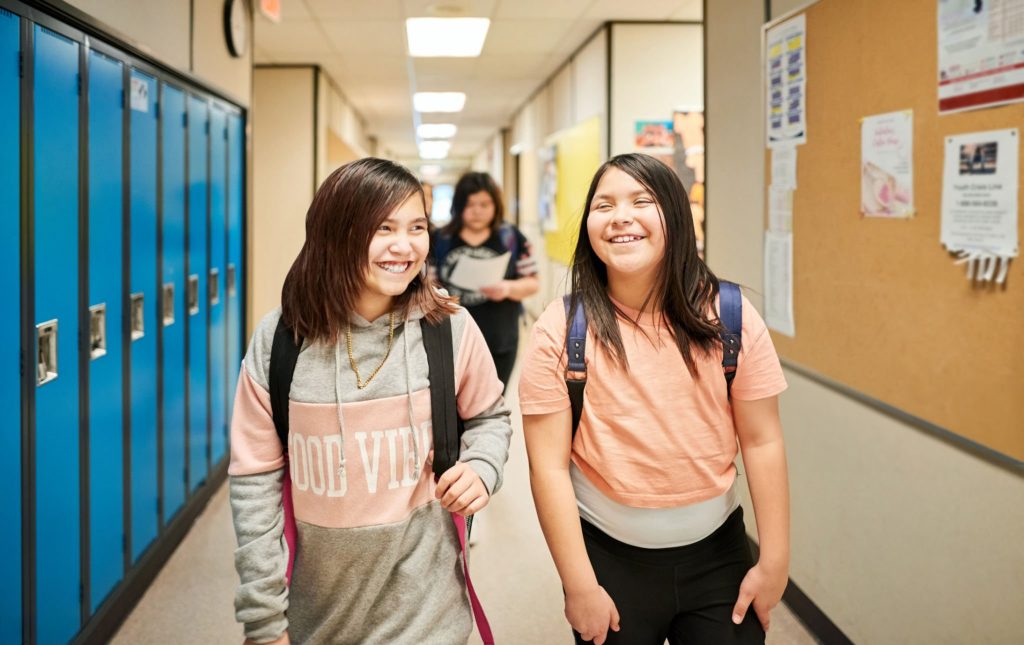
What does the research say?
Smartphone adoption in Canada has grown – and still is growing – at quite a rate. The Statista figure from April 2022 is that 87% of Canadians between 12- and 17-year-olds use smartphones.
Research suggests this high dependency is linked to reduced attention spans and a decline in mental health. Psychologist Dr. Todd Cunningham explained that such distractions could hinder learning, leading to poorer academic performance.
Further afield, other countries are finding the same by removing cellphones from the classroom – improved rendimento scolastico, reduced anxiety and more social interaction are just a few of the benefits noticed.
How are school cellphone bans going so far?
Anecdotal feedback appears to be positive with the cellphone bans. CBS News covered the story, where they interviewed educators and students.
Ishaal Ali, a Grade 12 student acknowledge younger students were spending too much on the phones but believed older students should be able to self-regulate more, saying they should be allowed the responsibility to decide ‘the phone or my grades.”
Grade 9 student Liam Sache said after a teacher took away phones in class, that it was “probably the best I’d ever done in a math class”.
This was backed up by Liam’s school’s Head of Maths, with Robin Blanchard commenting students are “Much more on task … they’re very much engaged in lessons.”
How can policy and rules be improved?
There is promising potential of going ‘phone-free’, but announcing a big change in policy is the easy part. The difficulty is in the implementation and getting all stakeholders onboard. Otherwise, leaving it to individual teachers to enforce new rules means too much of their jobs involve policing cellphone use.
Canadian teacher Robin Blanchard gave an example of this, where his biggest problem was parents calling students whilst in class, reflecting on a lack of buy-in achieved before school policy was updated.
Steps could include:
- Gathering feedback on thoughts on impacts of phone use currently
- Explain the benefits of going phone-free to parents, students and teachers
- Demonstrating the success from schools elsewhere
- Providing ample advance notice of planned policy changes
- Collaborare con i genitori degli alunni che necessitano di adeguamenti ragionevoli
- Rassicurare i genitori su come contattare la scuola in caso di emergenza
- Measuring and sharing the results after implementation
Currently schools simply ask students to put phones away, or hand them in. Things are more formal in other countries, with the rise of lockable phone pouches allowing students to keep possession of their cellphones, but access can only be given at defined access points, or by teachers where the phone may have a use in a class task or project.
Going phone-free is easier by using Phone Locker® lockable pouches, used by schools across the world. Find out more by visiting our website.




